Meet the course manager: Phil Helmn MG
Related Articles
The Goodwood Estate in West Sussex has a cricket pitch, an airfield and a horse racing track, among other activities, in addition to the two 18-hole golf courses that make up the Golf at Goodwood brand. GreenKeeping speaks to Goodwood’s general manager of Sports Turf, Grounds & Gardens, Phil Helmn MG, about overcoming these unique challenges.
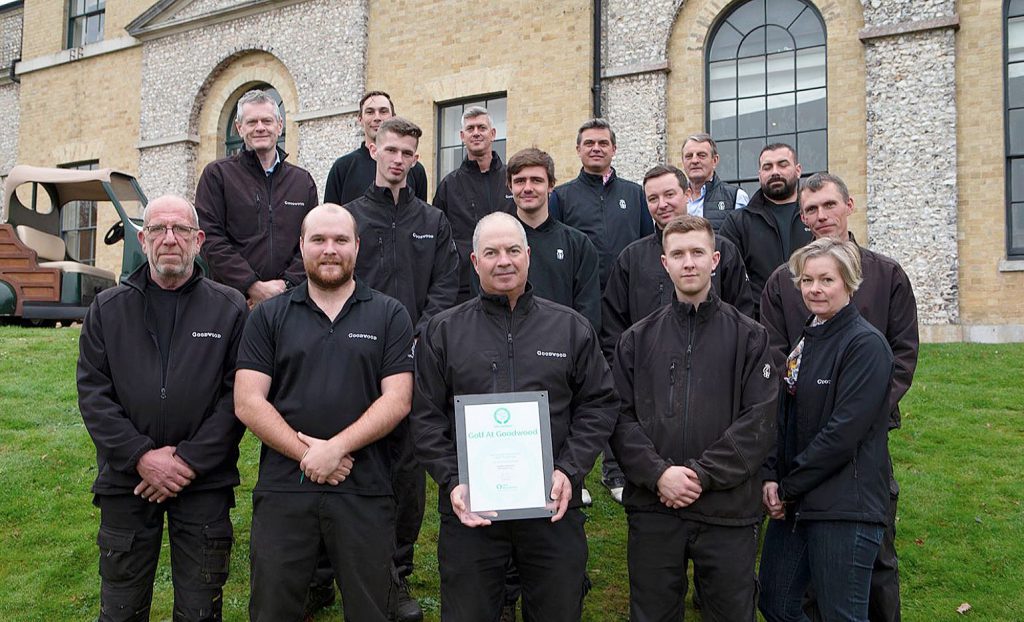
Phil, alongside some of his grounds team with the Golf Environment Organisation certification, for Golf at Goodwood’s commitment to sustainability across both golf courses, which was awarded last year
The 12,000 acre Goodwood Estate has two historic 18-hole courses at its heart, providing the opportunity to combine a round of golf with one of the many other activities on offer, including the world-famous Festival of Speed, Goodwood Revival and Glorious Goodwood. The estate has been in the Duke of Richmond’s family for more than three centuries and in recent years has received credit for its flexible membership options to golfers, which have proven to be very popular.
GreenKeeping caught up with Phil Helmn MG, general manager of Sports Turf, Grounds & Gardens – Goodwood Estate, to find out about him – and the work that goes into maintaining this unique and varied venue.
What was your path to greenkeeping, where did you study and how long have you now been at the Goodwood Estate?
Since leaving college in 1987, where I gained my diploma in sports turf science with honours, I have lived and breathed golf and greenkeeping all my life. I have worked hard to rise up through the greenkeeping ranks, starting my career as a trainee at Morecambe Golf Club in Lancashire at the tender age of 18, and became a Master Greenkeeper (one of 74 worldwide) in 2001.
My father was the local golf pro at Morecambe GC and that greatly influenced my early career. I have always worked in the propriety-owned golf course world and have gained 30 years of valuable experience working with tight budgets and the need to get the best out of all resources available. I have managed large teams on a wide range of soil types both in the UK and Europe, and have used these experiences to fine-tune my mentoring and common sense management style. When my busy work schedule allows, I continue to support local colleges by lecturing in sports turf, giving me the opportunity to give back to the industry.
I joined Goodwood in January 2013 and have progressed to my current role as general manager of Sports Turf, Grounds and Gardens. This role calls upon my management skills to lead the various teams responsible for all the sports turf areas on the estate.
I oversee two 18-hole golf courses, cricket pitches, motor circuit areas, grass airfields and the extensive grounds and gardens around the historic Goodwood House, set in the idyllic countryside of West Sussex on the beautiful south coast.
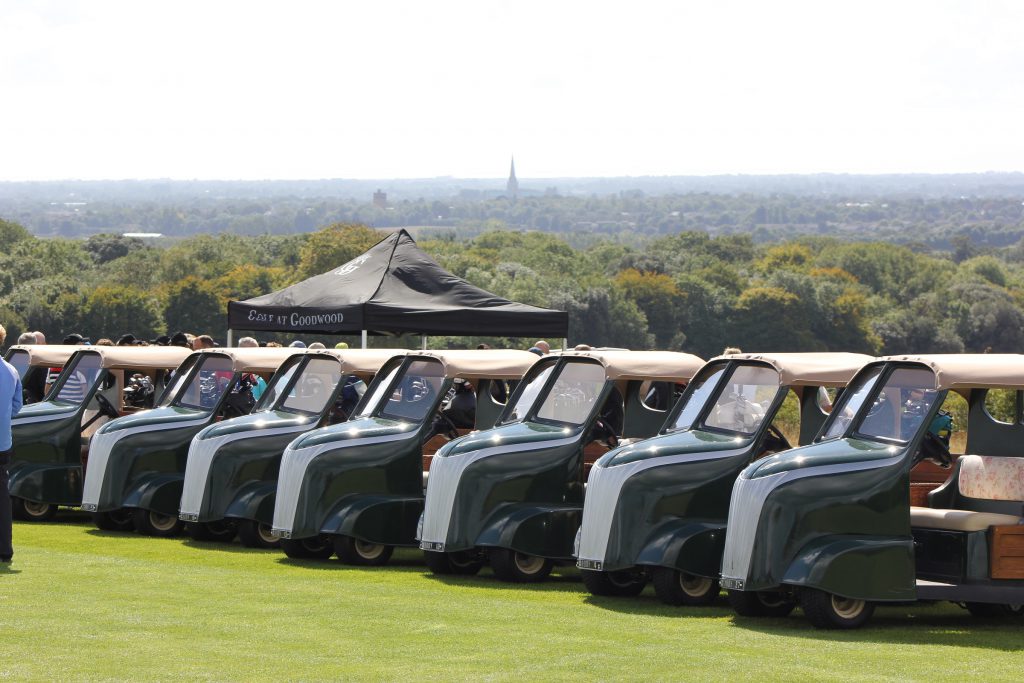
What is the number of your overall team for the management of the estate and how do you apportion resources to the venue’s two golf courses: the Park and the Downs courses?
We have an overall full-time team of 30, with five working on the Park Course and eight on the Downs. There are also eight in the gardens team and a further eight working on the grounds and cricket pitches. Helping myself and my six line managers to keep everything ticking along relatively smoothly is one very busy administrator. During the growing season these teams are supplemented with a further 15 casual staff in order to deliver the attention to detail required from such a prestigious site.
What would you say are the biggest challenges you currently face and how does this impact on the daily maintenance?
Maintaining standards is always at the forefront of our minds. Expectations continually increase and so do the demands for perfect conditions throughout the year. We are constantly striving to deliver above and beyond our customer expectations and this can be very challenging at times for the teams.
What aeration and topdressing programmes do you run, what equipment and processes do you use on the varying areas of the courses, when do you undertake the work and how far in advance is your programme planned?
We attempt to set out our programmes at the beginning of the year and try to schedule these around an ever-busier customer diary.
Aeration is typically a mixture of slit tining, hollow coring (of problem greens), verti-draining and twice a year we use the Air2G2 aerator.
Throughout the year we also lightly sorrel spike our surfaces which helps us prior to liquid feeds.
We aim to apply around 100 tonnes of sand topdressing to our greens’ surfaces throughout the growing season on each course and we find this hugely beneficial to good strong growth, aiding faster ball speeds and creating smoother surfaces.

What grass cultivars and seed do you use across the courses, how often do you overseed?
We use seed from across DLF’s Masterline and Johnsons ranges throughout the site, with the majority of our surfaces being predominantly ryegrass. In recent years we have used various mixtures on the two courses but have now unified this to use the same mixtures on both the Park and Downs courses. On the greens we’re on a bent grass overseeding programme with the Johnsons J All Bent mixture. The 50/50 Arrowtown and Manor browntop mixture delivers the fast, sustainable greens we’re looking for. We’re then using the hardwearing J Rye Fairway mixture, and on the tees we have recently switched, with success, to the J 4Turf Tetraploid mix.
How long have you been using the Johnsons mixtures and how important was the research and trialling of their mixtures in your decision to use their varieties?
I have been using Johnsons Sports Seed mixtures for many years. It was important to me to be reassured that their background expertise comes from years of trials and research and that their underpinning knowledge and support is always there to help in my decision making. I have always been impressed with their desire to continuously raise standards, ensuring only the highest quality seed is incorporated into their mixtures, providing a level of security when it comes to selecting new varieties.
Are you using the Johnsons range across other surfaces on the estate? Where have you had particular success or challenges that have been overcome with the choice of seed mixtures?
When it comes to choosing mixes for the more unusual, challenging areas of the estate, the fact that the Johnsons mixtures have been tried and tested is a hugely beneficial starting point.
Products from their range are used across the site including J Premier Wicket on our cricket wickets and J4Turf on our light aeroplane airfield areas. We recently invested £1.3m in re-grading, re-levelling and re-draining our runways, which are home to an academy of three Spitfires.
We’re confident that DLF’s tetraploid J4Turf perennial ryegrass mixture will be better suited to withstand the aggressive take-offs and landings. We also use Johnsons mixes to help our grass areas recover following major events such as our Festival of Speed and Goodwood Revival.
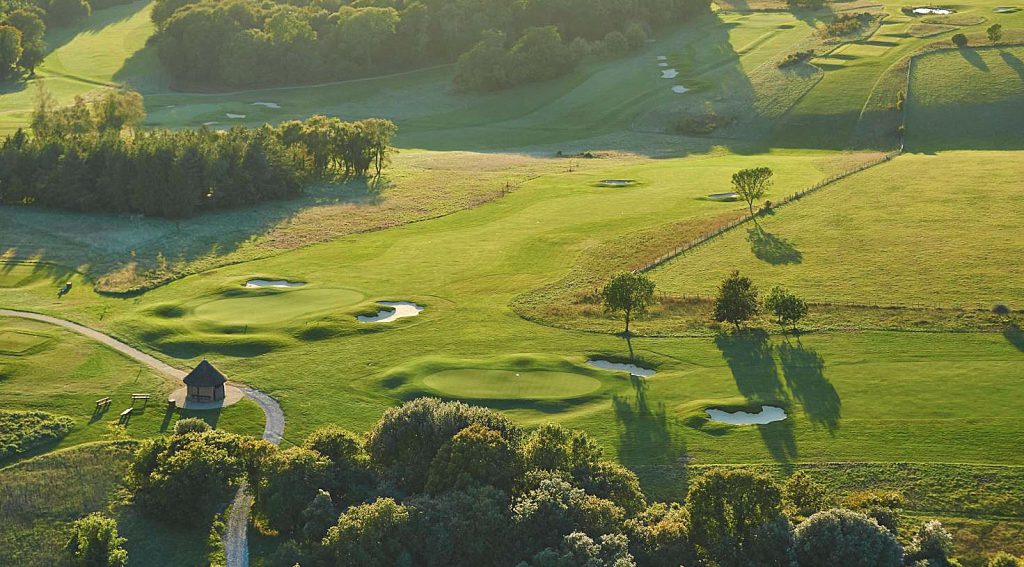
You’ve put in place a bunker renovation programme. What were the reasons for this, will there be any redesign and what results have you seen to date?
The Downs’ bunkers were redesigned four years ago by golf course architect Tom Mackenzie of Mackenzie and Ebert and re-built by Abbotts sports contractors.
Our five-year plan is to re-line the bases, re-edge all 66 bunkers and, at the same time, take the opportunity to change the sand type.
This is just good house keeping and as such is nothing out of the ordinary.
The sand change follows trials of various sands and we will change to a slightly coarser sand to try and reduce drying out in the summer months.
The Downs, being located on the top of the chalk-based South Downs hills, gives us particular problems when the weather becomes too hot and dry.
The Park course’s 60 bunkers will also be renovated in the same timescale and the emphasis here is to keep the same sand type (as it’s on a more sheltered part of the estate) but take the opportunity to reduce the overall size, making them more maintenance-friendly.
Golf At Goodwood’s greenkeeping team has realised its ambition of gaining the coveted GEO (Golf Environment Organisation) certification, for its commitment to sustainability across both courses. Congratulations! What were the initial reasons for undertaking this, what was the process and what does this mean for the courses?
Goodwood has many environmentally conscious initiatives across the estate. We have vast conservation areas, sustainable woodland management practices and as such it felt right that the two golf courses did their bit for the planet. We were proud to take part in the GEO award scheme and delighted that we were successful. We haven’t stopped there – it’s given us the drive to continue to find even more ways to become planet friendly. It’s very exciting to see the team’s efforts towards this goal.
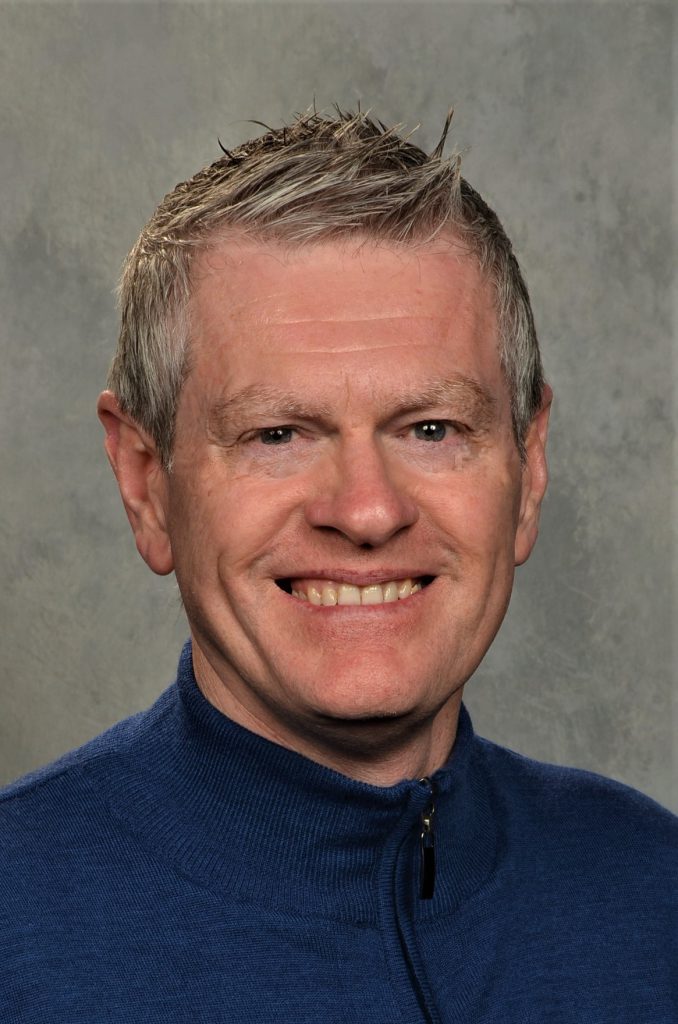
Phil Helen MG
Following last year’s hot summer and increasing costs, water management continues to be a focus for many. What irrigation system set up do the courses currently have in place and how does the wider estate currently manage water use? Moving forward, what measures are you looking to put in place to increase efficiency and effectiveness in an effort to drive down costs?
Last year was a particularly challenging year for us across the estate generally. Our current irrigation system is very old and only just coped with the business demands. It has highlighted for us the need to take a comprehensive look at our current system and, to that end, we have formed a group to explore what the future needs to look like for the estate. Recently I have become heavily involved in an estate-wide water usage exercise and, as such, irrigation, abstraction, storage and conservation are all hot topics for us. Future-proofing water management on the estate for the next century is top of our list.
The estate has a good number of trees, what woodland management / replacement programme do you have in place, who undertakes this and when?
We are very fortunate at Goodwood to have a completely separate woodland team consisting of 10 tree surgeons. The estate is vast (approximately 12,000 acres) with extensive commercial woodlands within. We have the luxury of being able to call on help at any time. That said, we have in our team four guys who are qualified to fell and cross-cut small trees, so we do have the ability to carry out minor works ourselves.

What machinery fleet are you currently using on the courses?
The majority of the fleet across all departments is Toro. These range from the smaller greens’ hand mowers to the larger wide area mowers capable of mowing the entire airfield in a day (that’s approximately the area of rough found on a small 18-hole golf course). Our utility vehicles are all diesel Toro Workmans and only a couple of specialist pieces of equipment are non-red.
We are experimenting and trying hybrid models now in readiness for when our fleet changes in a couple of years, as we realise the future has to be more conservation friendly. The initial costs are a little higher but through crunching the numbers this should be more than outweighed by lower on-going running costs.
Training and education are key to developing a good team, what do you do to ensure you are investing in raising the standard of practice and performance from team members?
We have a comprehensive training budget and endeavour to keep training at the forefront of our work ethic. We have a significant in-house training programme run by our own human resources team.
These courses either last for a couple of hours or one to two days depending on the content. These courses include topics such as understanding stress, time management, difficult conversations, health in the workplace and how to communicate effectively, to name just a handful.
The team attended over 75 training sessions last year, as well as some external, more traditional qualifications associated with the industry. Learning and developing ourselves has been terrific to help us achieve a far better work culture within in our team.

How does the weight of membership and players affect the ability of the team to keep the playing surfaces and presentation of the courses to such a high standard and how do you work around the membership for renovation projects?
Getting the right balance between improvement work and presentation work is always a challenge. We have a full membership of 2,000 at Goodwood (with a waiting list) and so the golf course is always busy. I think we have been able to achieve a relatively happy balance, and innovative communication has definitely helped us educate our membership and keeps the grumbles to a minimum. We have filmed videos of our work, produced blogs and newsletters, held members’ barbecues with seminars and hosted course walks – all have done a great job in helping us to get out on the course and carry out the necessary work needed to keep standards high.
The pressures on the course manager to deliver a better product are growing year on year and the level of professionalism is rising with this. What do you think are the qualities now needed to meet the requirements and demands of golfers by someone in your position and how does this help contribute to the business of golf?
Communication and knowledge are key to success. The ability to keep moving forward, exploring and embracing new technologies is the only way to stay ahead of the game.
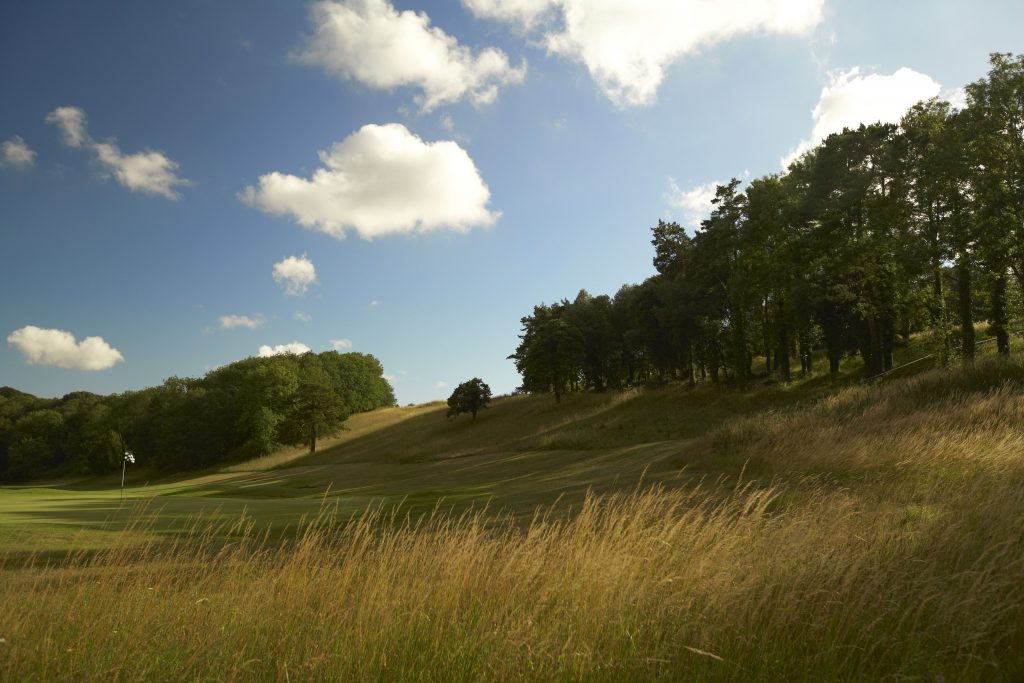
What currently gives you the greatest satisfaction from your job?
I tend to get tremendous satisfaction from seeing team members develop their skills. This may be anything from how to cut a green superbly to delivering a presentation to a group of members with style and knowledge. I particularly get great satisfaction from seeing initiative and contagious enthusiasm in someone’s work. When I see this, at any level, I know our overall team’s vision is working and our can-do culture is being realised. I very much enjoy working with all our team, but particularly enjoy sharing our team goal and vision with my line managers who have done a terrific job in raising standards. Together we have all helped to create a great team culture. They are Simon Berry (head greenkeeper – Park), Rob Dyer (head greenkeeper – Downs), Andy Boxall (head groundsman), Georgina Page (head gardener), Adrian Gale (head mechanic) and Richard Geffen (head groundsman). Without their help, support and passion, none of this would have been possible.
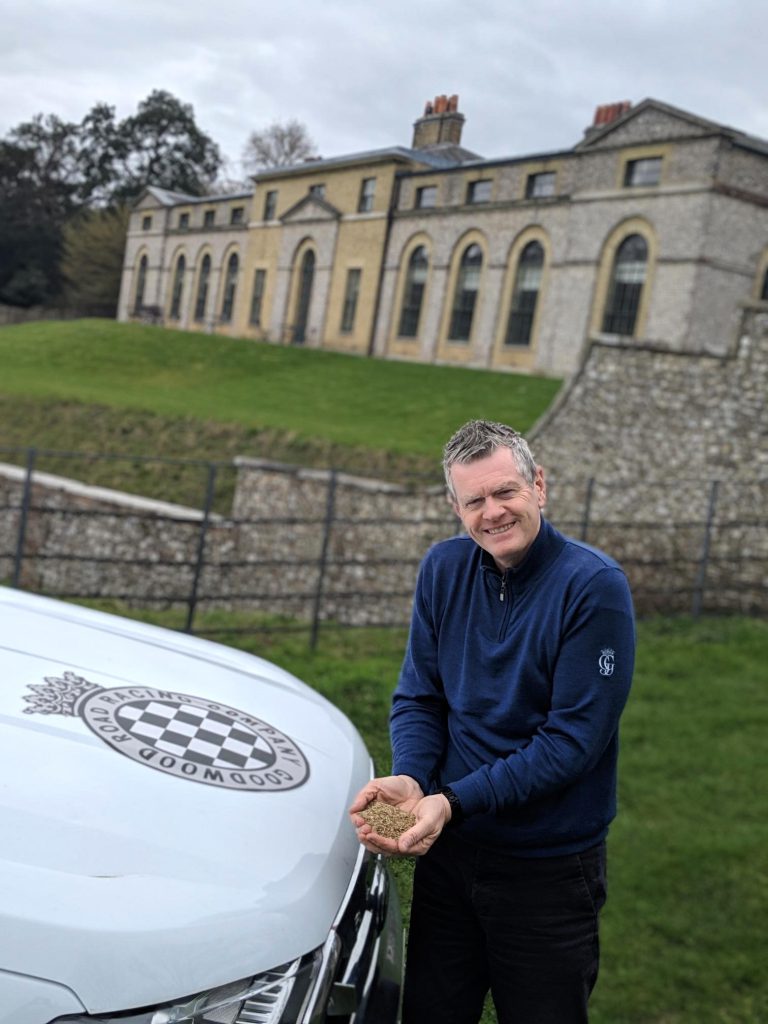
With your many years experience, what advice would you give to youngsters starting out and wanting to pursue a career in the profession?
This one is quite simple – learn as much as you can.
Education is key to success coupled with a can-do, positive attitude. In an ever-moving world, standing still is actually moving backwards.
What changes do you think need to be made to benefit the industry sector and profession of the greenkeeper?
There has been so much great work being done over the last couple of decades, certainly since I joined the industry at the tender age of 18. I think continued emphasis on education, innovation and recognising greenkeepers as true professionals will help our industry build on the successes already achieved.

























